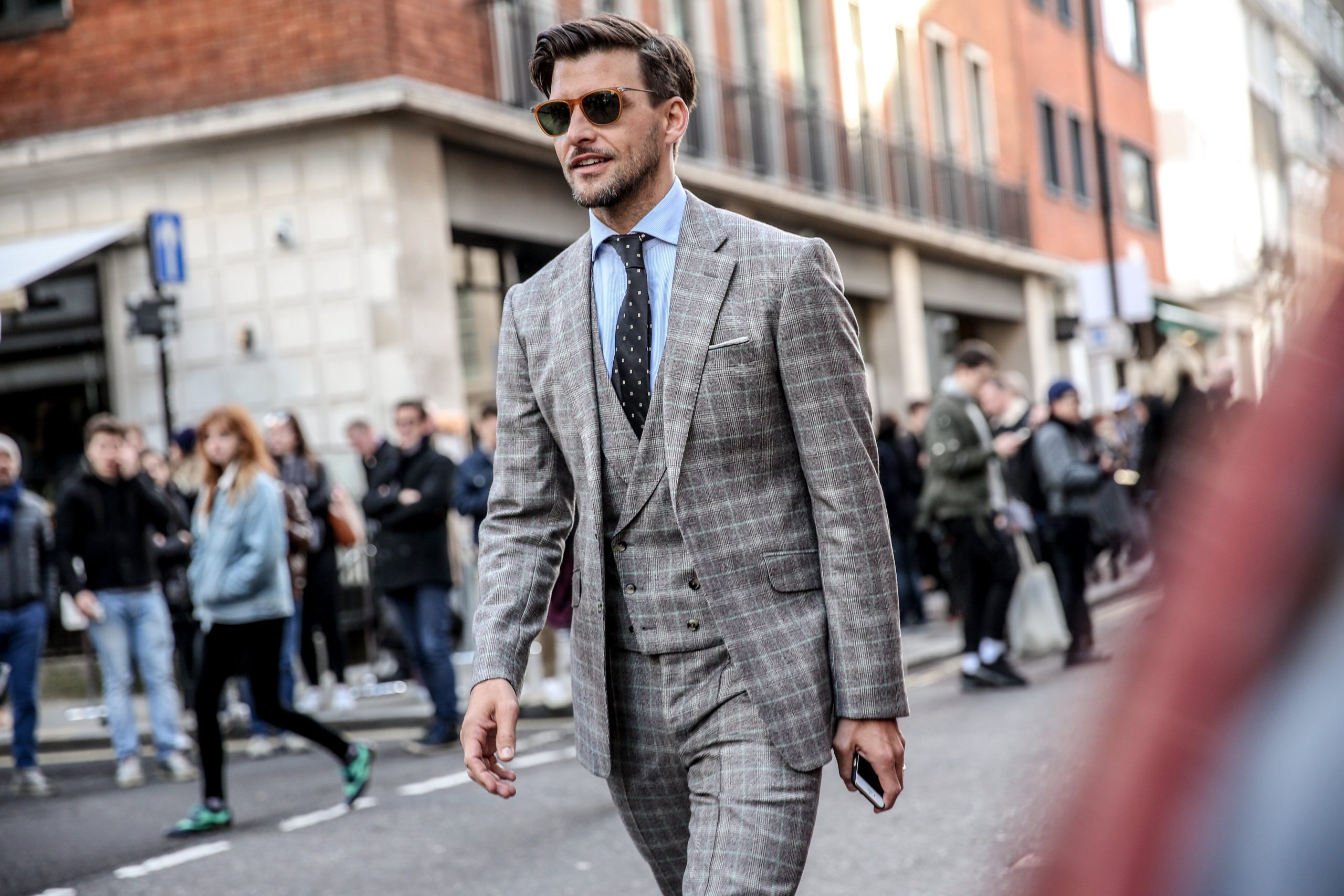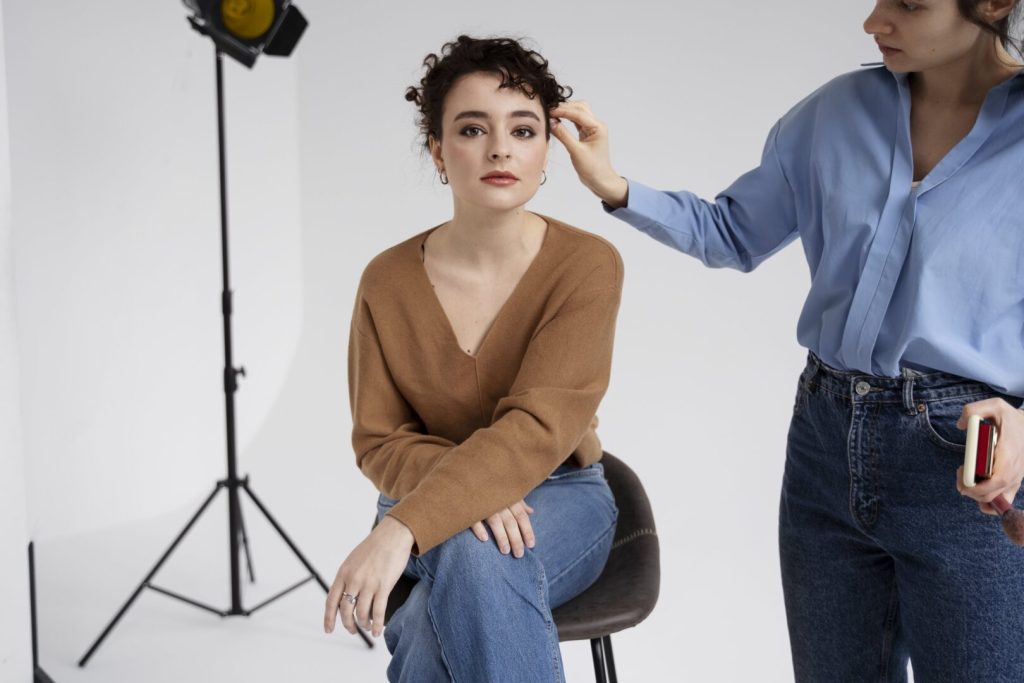- The Season’s Changing—So Is the StyleA Smooth Move from Summer to Fall 2025
- What Is a Modeling Agent & How Do I Get One?

Fashion has always been a means of self-expression, and its evolution over the centuries has reflected the changing values and societal norms of different eras. While the narrative of fashion often emphasizes women’s clothing, the history of men’s fashion is equally rich and dynamic. From ancient civilizations to the contemporary era, men’s fashion has gone through an incredible journey of transformation, influenced by cultural, political, and technological shifts. Let’s delve into the fascinating evolution of men’s fashion and explore how it has shaped and been shaped by the changing world around it.
Ancient Roots and Traditional Attire: The origins of men’s fashion can be traced back to ancient civilizations such as Egypt, Greece, and Rome. In these societies, clothing was primarily functional, serving practical purposes such as protection from the elements and symbolizing social status. Togas, tunics, and robes were common attire, with colors and embellishments often indicating one’s rank or position within the community. As civilizations developed, so did the intricacy and diversity of men’s clothing, reflecting the cultural and regional diversity of the time.
Renaissance and the Birth of Tailoring: The Renaissance period marked a significant shift in men’s fashion, with the emergence of tailored garments that emphasized the human form. The concept of the “doublet” and “trunk hose” became popular, highlighting a more fitted and structured silhouette. This era also witnessed the introduction of intricate embroidery and luxurious fabrics, indicating a growing emphasis on aesthetics and personal style. The elite classes used clothing as a medium to showcase their wealth and status, leading to the rise of extravagant and ornate ensembles.
Industrial Revolution and Modernization: The industrial revolution brought about significant changes in men’s fashion, as mass production techniques revolutionized the clothing industry. Ready-to-wear clothing became more accessible, marking a departure from the exclusive realm of bespoke tailoring. The Victorian era introduced the iconic tailcoat and top hat, representing formal elegance and sophistication. Simultaneously, the emergence of casual wear, such as the lounge suit, reflected the changing social dynamics and the need for more practical attire in everyday life.
20th Century and the Rise of Subcultures: The 20th century witnessed a multitude of fashion movements, each leaving an indelible mark on men’s style. The early 1900s saw the dominance of the three-piece suit, epitomizing a refined and dignified appearance. However, the mid-20th century marked a shift towards casual and rebellious aesthetics, inspired by subcultures like the Beatniks, Hippies, and Punks. Denim jeans, leather jackets, and graphic tees became symbols of counterculture and individual expression, challenging conventional sartorial norms.
Contemporary Men’s Fashion: Fusion and Experimentation: In the contemporary era, men’s fashion has embraced a fusion of classic elements and modern influences, blurring the lines between formal and informal attire. Designers have experimented with diverse textures, cuts, and patterns, redefining the boundaries of what constitutes men’s clothing. The rise of streetwear and athleisure has transformed the perception of men’s fashion, emphasizing comfort, functionality, and versatility.
Additionally, the increasing focus on sustainability has prompted a shift towards eco-friendly materials and ethical production practices, reflecting a growing awareness of social and environmental responsibilities within the fashion industry.
The evolution of men’s fashion is a testament to the ever-changing nature of human culture and society. From the functional garments of ancient civilizations to the contemporary blend of comfort and style, men’s fashion has continuously adapted to reflect the values, aspirations, and attitudes of each era. While trends may come and go, the essence of self-expression remains at the core of men’s fashion, encouraging individuals to showcase their unique personalities and narratives through the clothes they wear. As we step into the future, the journey of men’s fashion continues, promising further innovation, creativity, and inclusivity in the realm of personal style.





